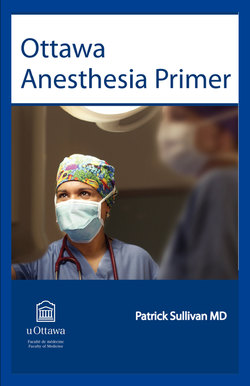Читать книгу Ottawa Anesthesia Primer - Patrick Sullivan - Страница 81
На сайте Литреса книга снята с продажи.
I: Position the patient:
ОглавлениеEnsure the bed is elevated to a level that is comfortable for the clinician. A rough guide is to position the patient’s head at the level of the clinician’s umbilicus. When preparing to intubate the patient’s trachea, the head and neck should be positioned using a combination of both cervical flexion and atlantooccipital (AO) extension. We describe this as the sniffing position. This enables the clinician to align the axes of the patient’s mouth, pharynx, and larynx during laryngoscopy (Fig. 6.6). In addition to the sniffing position, “ramping” up the upper thoracic spine using blankets or specially designed pillows (Troop Pillow) can be very useful to optimize the patient’s position prior to tracheal intubation.
Clinical Pearl:
Ideal positioning of the patient for direct laryngoscopy and tracheal intubation occurs when the external auditory meatus aligns in the same horizontal plane as the sternal notch when the patient is examined from the side (see Fig. 6.7, 6.8).
Atlantooccipital extension alone increases the angle between the axis of the pharynx and the larynx. By contrast, the combination of cervical flexion of the neck with AO extension results in the alignment of the axes of the pharynx and larynx.
Optimizing the position of the patient’s head, neck, and thoracic spine before attempting laryngoscopy is an important initial step to ensure a successful tracheal intubation. This is especially true in obese or pregnant patients (Fig. 6.8) or in cases of an anticipated difficult intubation. It is good practice to ensure that your first intubation attempt is your best attempt.
Clinical Pearl:
In addition to placing the patient in the sniffing position, ramping up the thoracic spine is an important maneuver to optimize the patient’s position prior to tracheal intubation.
